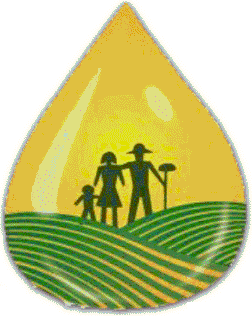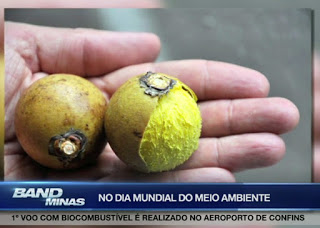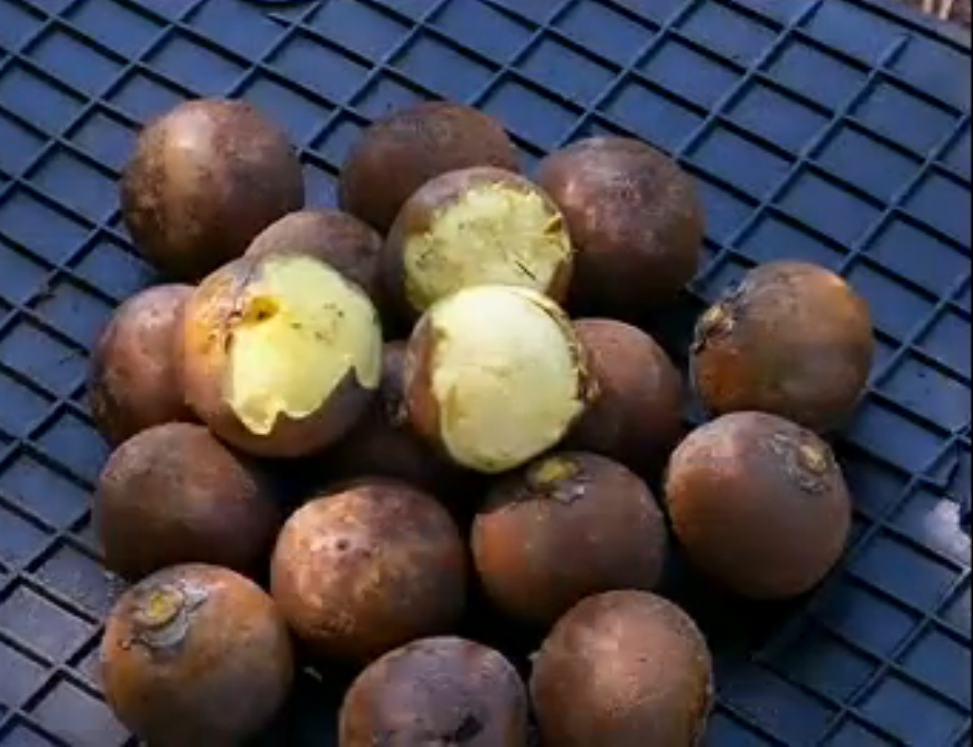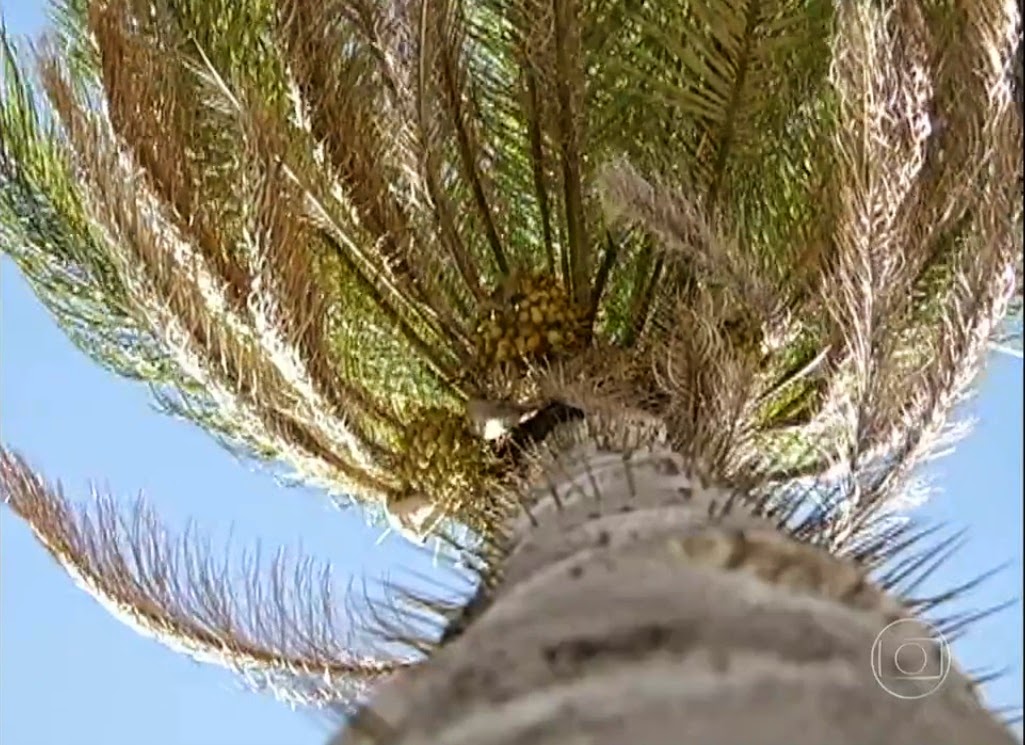"Black carbon": soot concentration in the atmosphere is related to land use in the Amazon
segunda-feira, outubro 03, 2022
On September 9, the city of São Paulo dawned with the smell of amazonian smoke. It wasn't the first time. On August 19, 2019, a similar phenomenon occurred. It was four o'clock in the afternoon in the capital of São Paulo when dark clouds covered the sky completely. The smoke also came from the Amazon rainforest, where the rates of fire outbreaks have broken records never surpassed since the federal government made the first records in 1998. The rare phenomenon that occurred three years ago was caused by the encounter of fog with the air masses coming from the South.
Professor Henrique de Melo Jorge Barbosa, from the Institute of Physics (IF) of USP, demonstrated that, in 2019, particles suspended in the air after the fires were transported to São Paulo in an article published in March 2021. Now, three years later, the article Relationship between Land Use and Spatial Variability of Atmospheric Brown Carbon and Black Carbon Aerosols in Amazonia, published in the journal Atmosphere and with barbosa's collaboration, has found a relationship between the presence of soot responsible for contributing to climate change and the type of land use in the Amazon.
The first authorship is divided by the researchers of the IF Fernando Gonçalves Morais and Marco Aurélio de Menezes Franco, postdoctoral student. The work was the result of an international partnership in which ten scientists collaborate, under the coordination of Professor Paulo Artaxo, of the IF. Initially, the study had an interest in evaluating the optical properties of airborne soot in the Amazon, carbonaceous aerosols.
The particles were obtained in the doctoral work of Fernando Morais at the Institute of Energy and Nuclear Research (Ipen), under the guidance of Professor Eduardo Landulfo. By crossing the data of the analysis of these aerosols with maps on land use, the team had a surprise: the more devastated the forest is, the greater the presence of black carbon, which can be understood as soot from fires and which is related to climate change.
Carbonaceous aerosols
Black carbon (BC) and brown carbon (BrC) are particles of aerosols formed mostly by carbon that are released after biomass burning. Black carbon, in particular, absorbs solar radiation closer to infrared, which results in heating of the environment.
The regions with the highest forest cover, in turn, have a higher relative percentage of brown carbon in the atmosphere. This component absorbs and spreads solar radiation more efficiently in the ultraviolet region, where the strong spreading component of this type of particle may be related to a possible contribution to the cooling of the planet.
Besides being responsible for the higher heat absorption, the black carbon present in the deforested areas can change the rainfall regime of the region and prolong the dry season. The humidity of the Amazon is transported from the North to the South of Brazil. Thus, the high concentration of aerosols from fires tends to reduce cloud formation. This directly impacts the transport of moisture to the South and Southeast regions of the country. According to the researchers, this influence can extend even to the South of Uruguay.
Agriculture and livestock are the sectors of the economy most affected by this phenomenon.
"Agriculture is not in itself a problem," Marco Aurélio Franco told the USP Journal. According to him, the problem would be in "an extensive monoculture that can wear the soil and that, in addition, produces fires as a way of maintaining production."
According to the physicist, agriculture needs to be sustainable, in order to balance the existence of crops and the maintenance of forests, especially maintaining environmental protection areas. "The general population is the one who will suffer, for example, with the reduction of precipitation in cities and the increase in temperature. This has happened a lot in the Southeast region, even with the haboobs, the dust storms that were observed in 2020 and 2021 in the interior of São Paulo and Minas Gerais", he adds.
Fernando Morais also emphasized that under no circumstances is this against agriculture. "We're just showing that the different uses of soil can affect the concentration of different types of carbonaceous aerosols and how nature works according to the use we make of it," he says.
For Professor Eduardo Landulfo, the article corroborates the suspicion that there is unorganized deforestation in the region. "There is a lot of forest being deforested to the detriment of agricultural activity, which is obviously necessary. This can lead to climate change that will affect agriculture itself," he says.
Methods and data sources
A key piece of data was collected from Aerosol Robotic Network (Aeronet). Fernando Morais, who has worked at the IF for 15 years, says that one of his first assignments at the institute was working on this project, which belongs to NASA, the United States Space Agency. The scientist maintains and installs the photometers of this network in various parts of Brazil, such as Alta Floresta (MT), Ji-Paraná (RO), Cuiabá (MT) and Rio Branco (AC), some of the cities that make up the deforestation arc. The data is accessible to anyone in the world.
In partnership with Marcus Aurelius Franco, he made correlations of the data collected through Ångström matrices, a method that creates a graph that allows us to visualize the nature and proportion of aerosols that absorb more light. In addition to the network that monitors aerosols, land use data from the MapBiomas platform were used.
Filters have also been installed in the ATTO tower (Observatory of the High Tower of the Amazon), which is 325 meters high, in a region of dense forest and little affected by human activity. The air passes through them, and the particles that remain in the atmosphere are deposited on the surface and collected. Then chemical, optical and x-ray fluorescence analyses are performed on these aerosols. In all, there are 34 nuclepore filters, a kind of plastic membrane, and the data is still being analyzed for future publication.
The question raised now is whether these same relationships would be present in other biomes such as the Cerrado, the Pampas and the Pantanal. "We are already able to do that. It is not a data that we will have to collect, nor new methods that need to be developed", comments Morais. "Further studies are certainly critical in this area to understand the impact of carbonaceous aerosols on different ecosystems."
The work received support from the São Paulo State Research Support Foundation (Fapesp), as part of the theses developed by the researchers.
Source: Um só Planeta





















0 comentários
Agradecemos seu comentário! Volte sempre :)